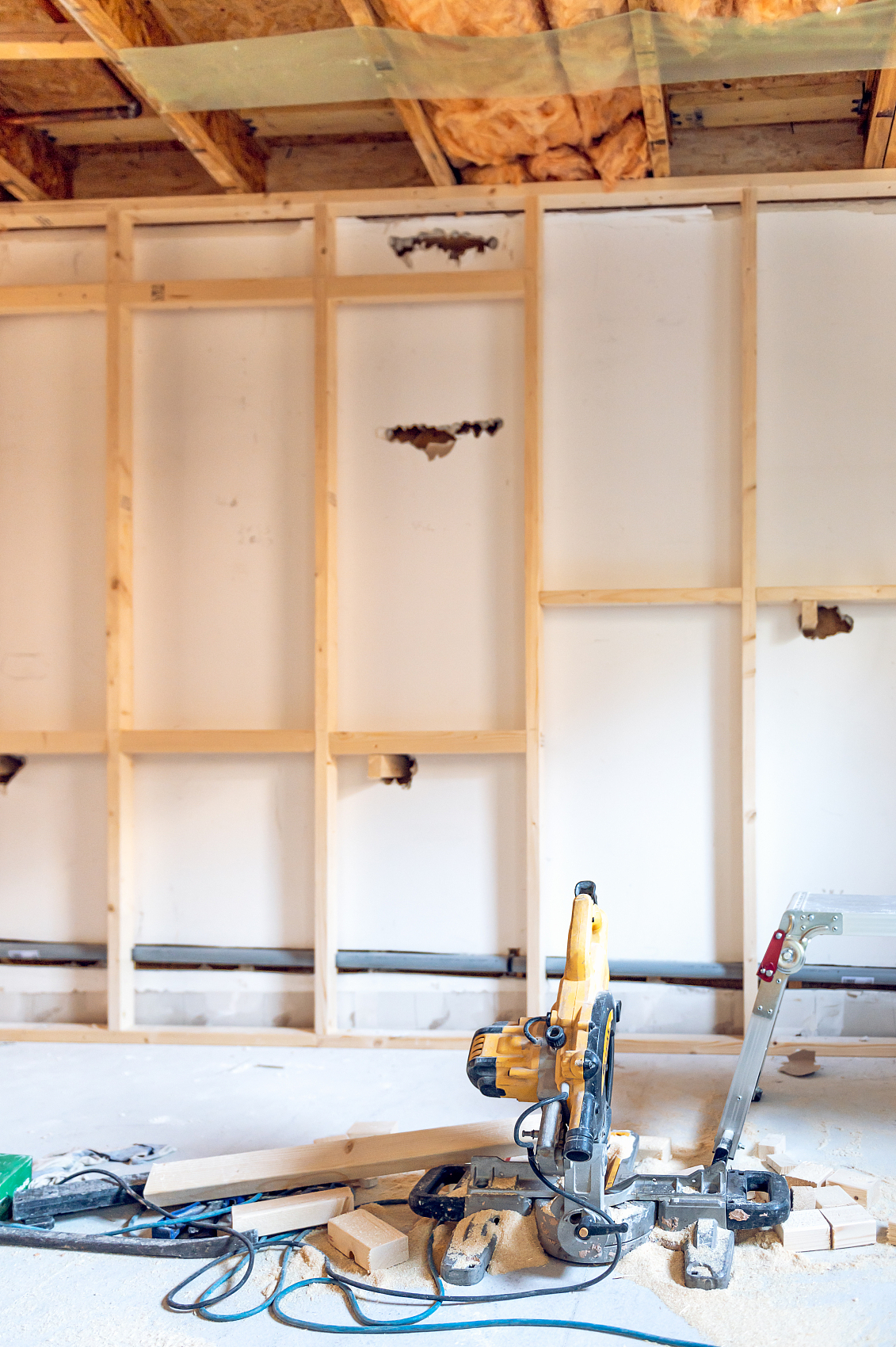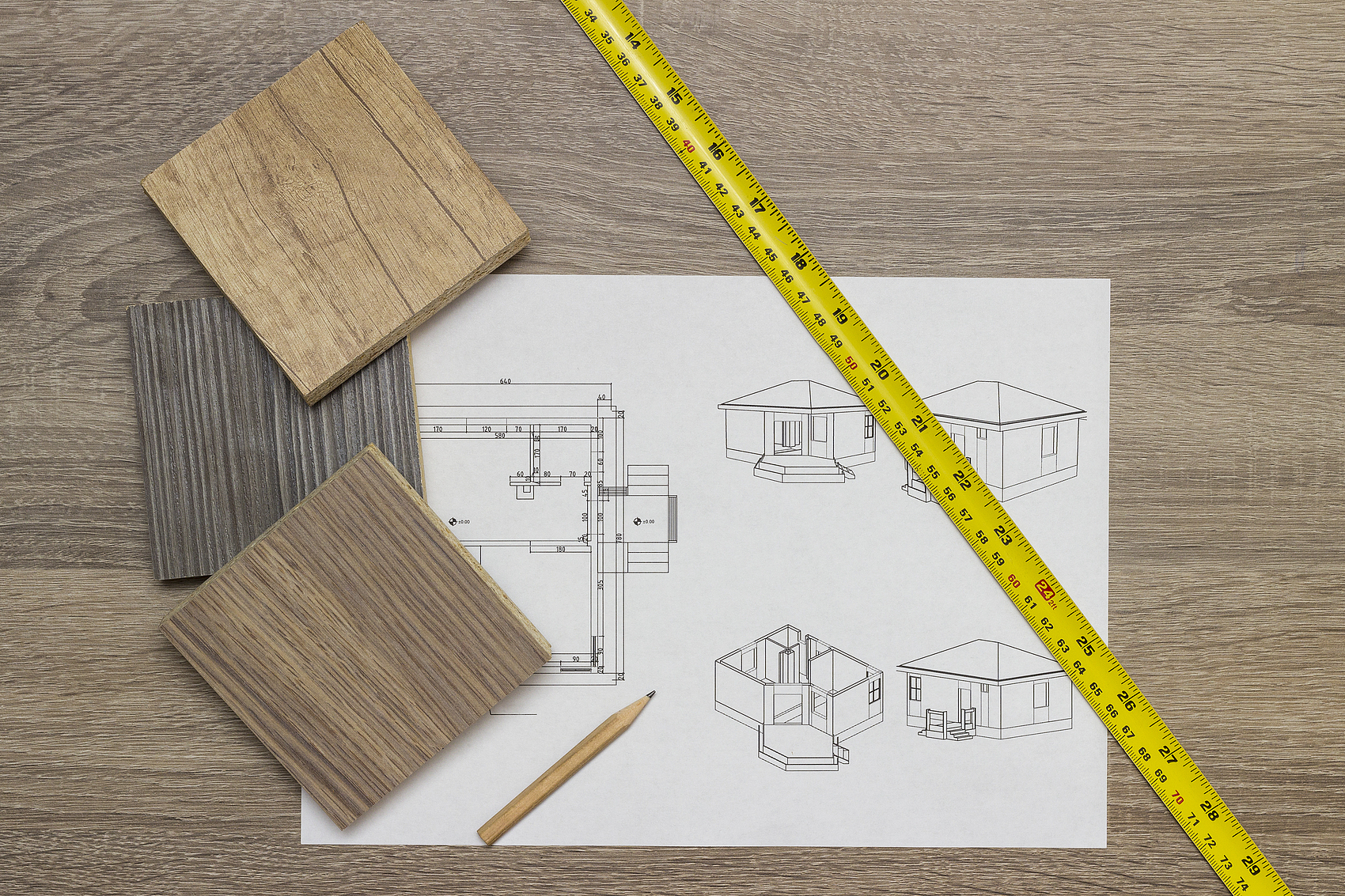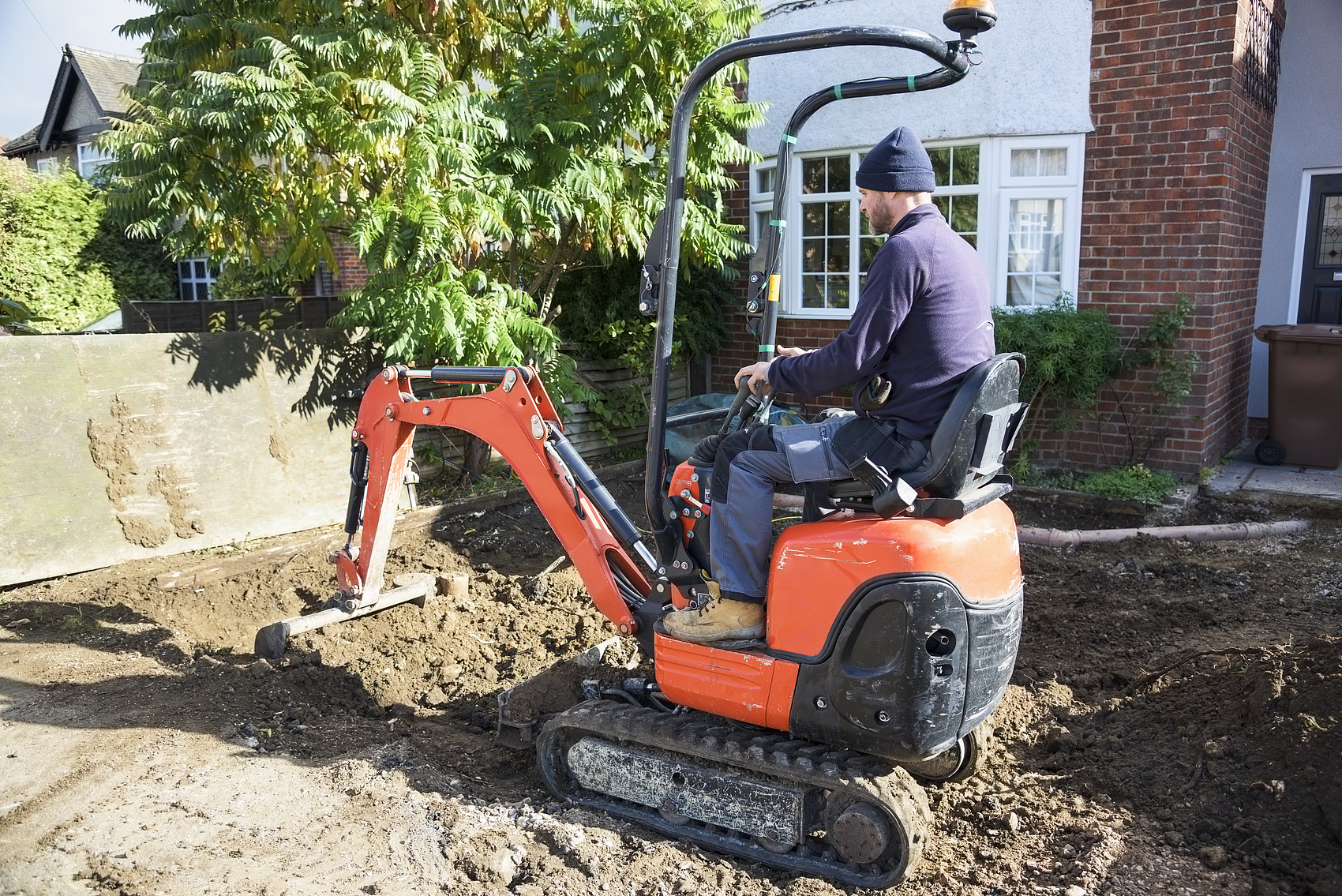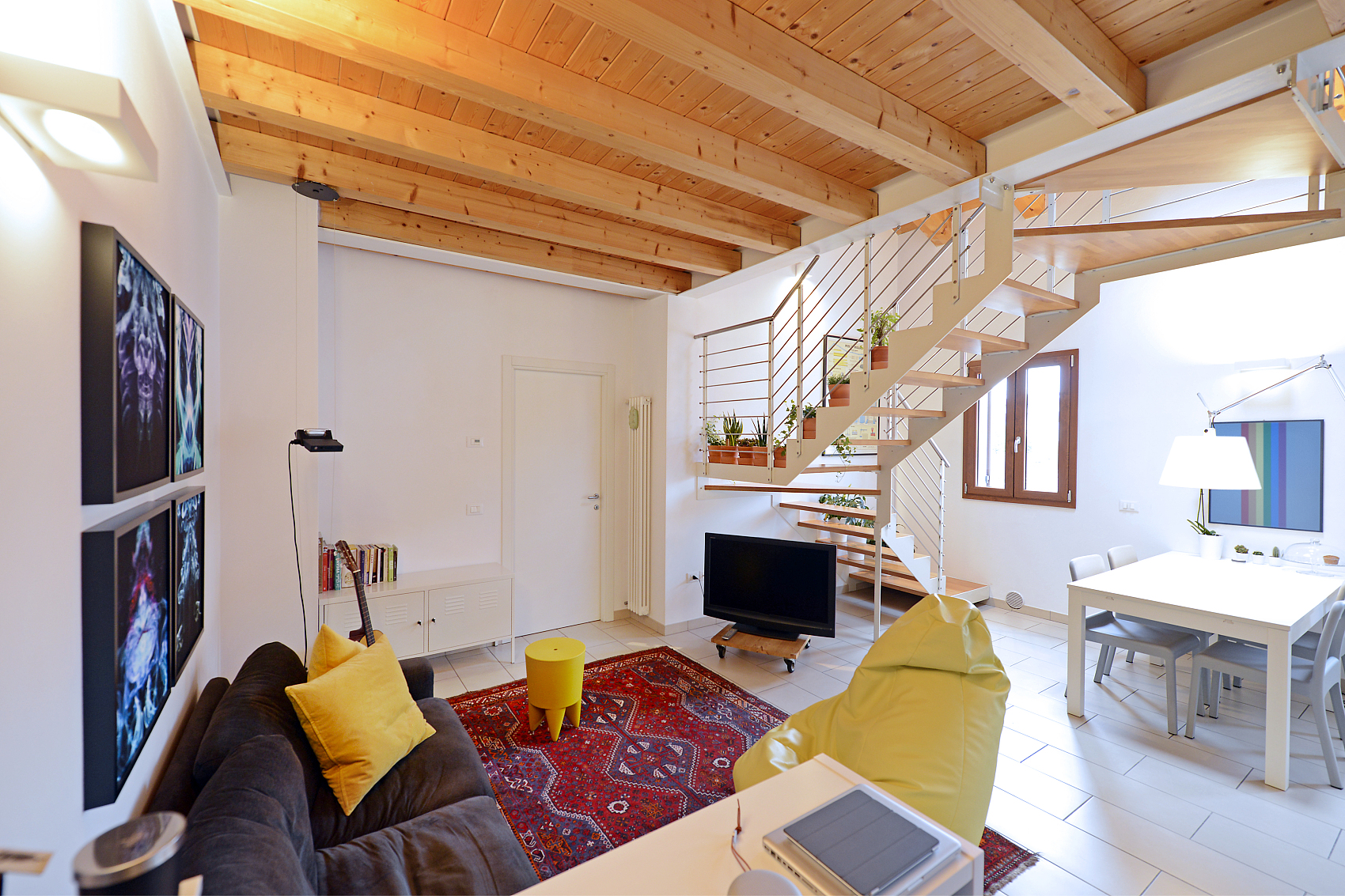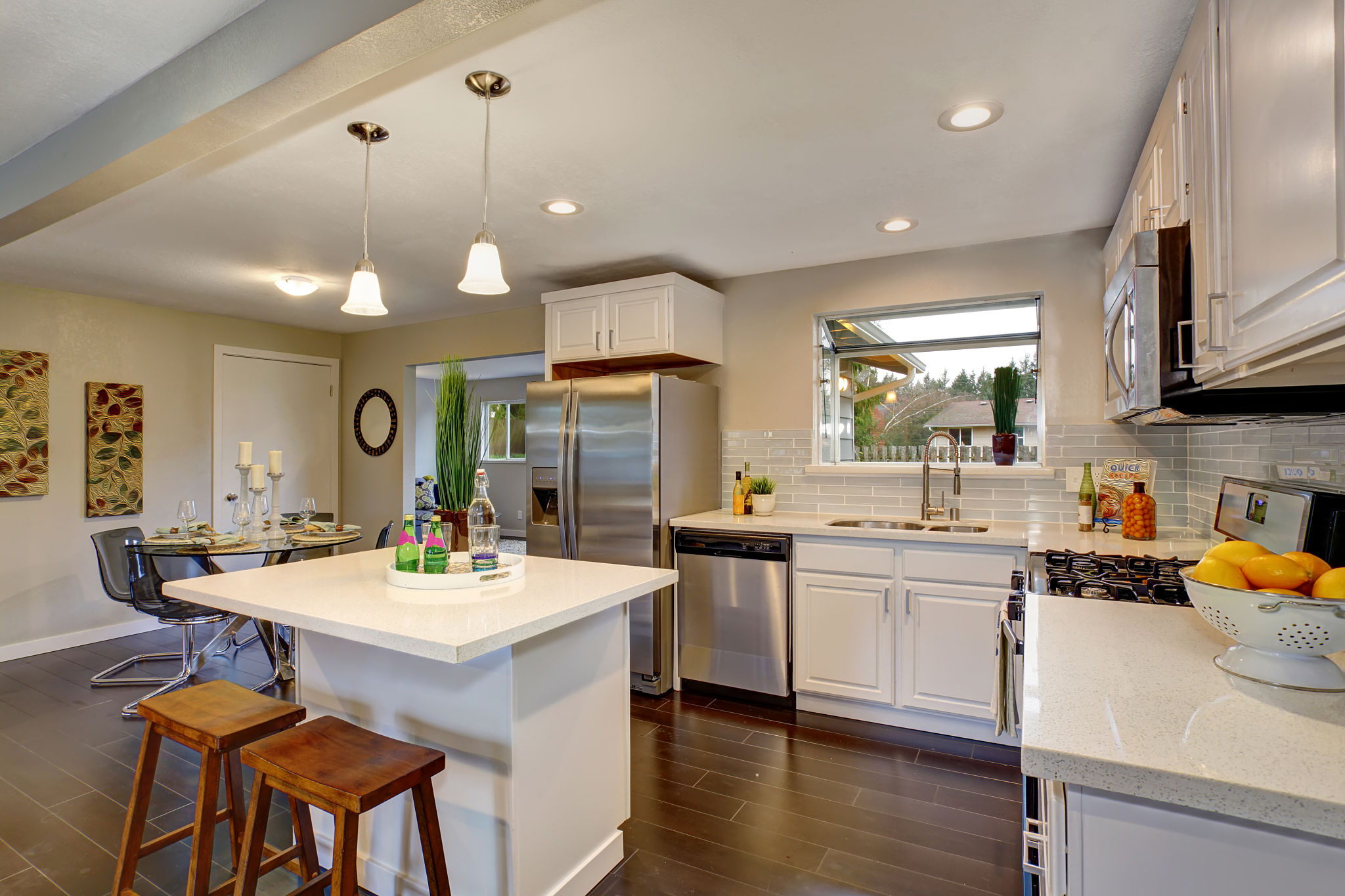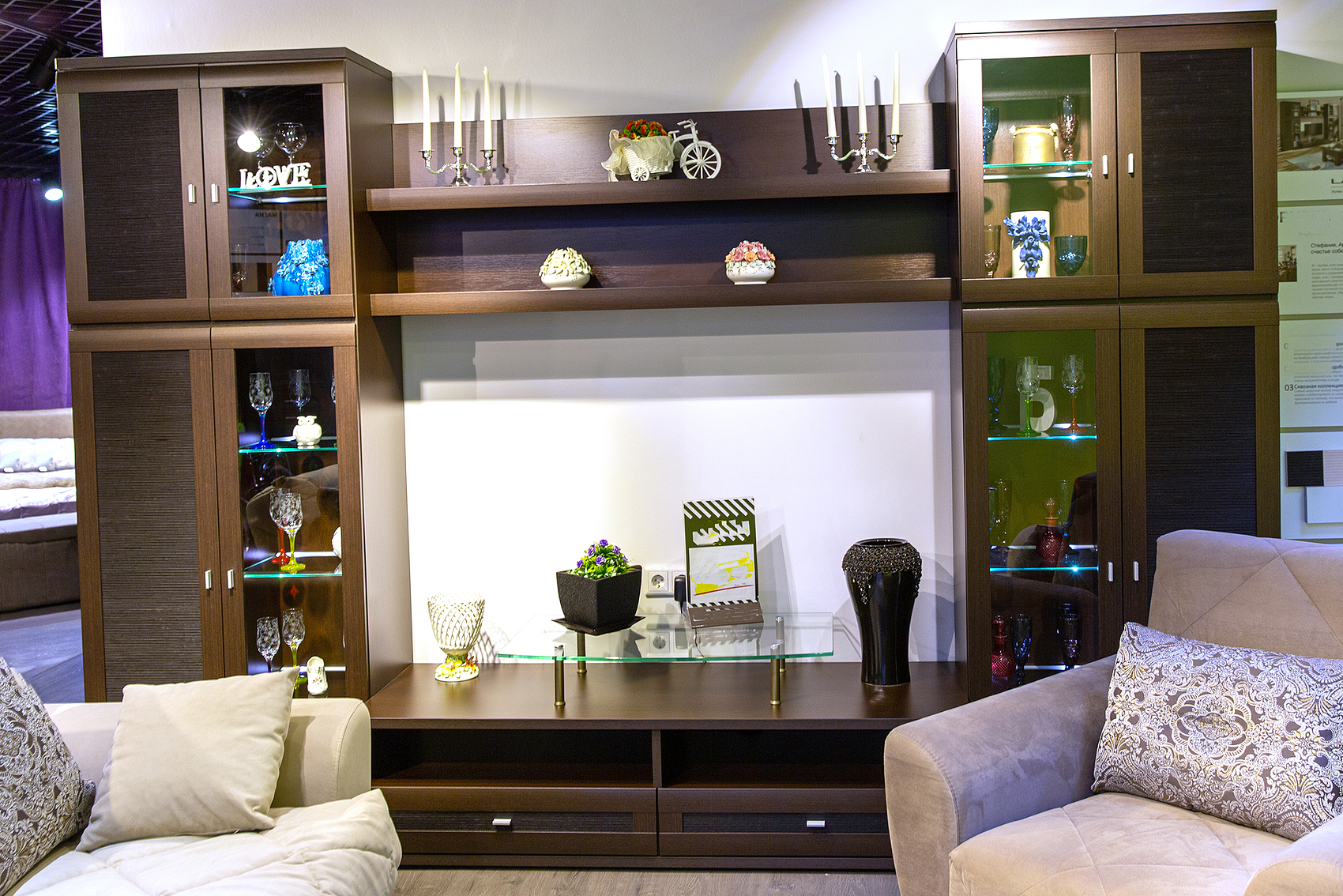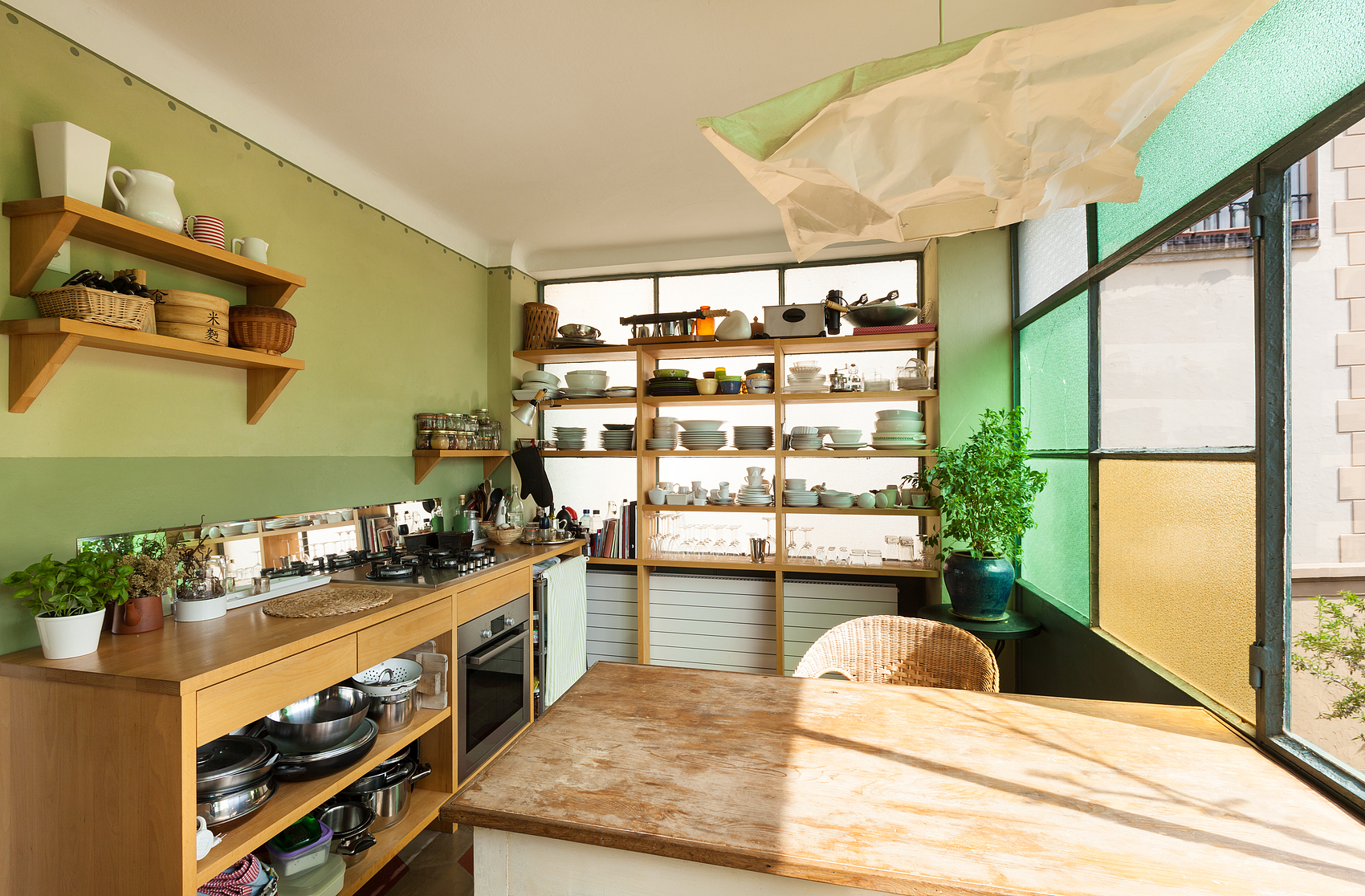Handrails are essential safety features designed to provide support and guidance on stairs, ramps, or other inclined surfaces. They help individuals maintain balance and stability while ascending or descending, ensuring a safer experience. Handrails are typically installed along one or both sides of a staircase or ramp at a height that’s easy and comfortable to grip.
Standard Handrail Height in the UK
In the UK, the standard height for handrails on stairs and ramps in public buildings is between 900mm and 1000mm (90-100 cm or approximately 35-39 inches) above the pitch line or the ramp surface. This height ensures the handrail is both functional and comfortable for users. However, regulations can vary depending on the type of building and its location, so it’s important to confirm local building codes.
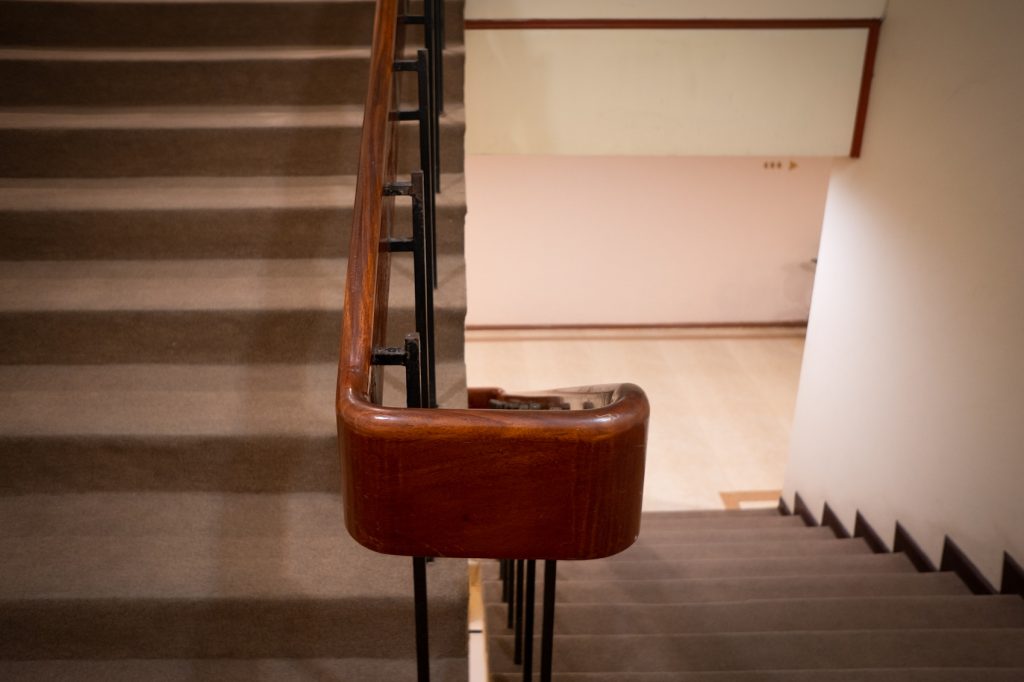
Key Handrail Regulations in the UK
Handrail requirements in the UK are outlined in Approved Document K: Protection from Falling, Collision and Impact. Here are the main points:
- Height: Positioned between 900mm and 1000mm above the pitch line or ramp surface.
- Continuity: Handrails must be continuous along the stairs or ramp, except where interrupted by entrances or doorways.
- Strength: They should be securely fixed and capable of withstanding reasonable force.
- Clearance: A clear space of at least 50mm between the handrail and any wall or obstruction is required.
- Material and Grip: Made of materials like wood or metal that offer a secure grip without sharp edges.
- Extensions: Handrails should extend beyond the top and bottom of stairs or ramps for added support.
- Visual Contrast: To assist users with visual impairments, handrails should contrast visually with their surroundings.
These rules are designed to promote safety and accessibility for all users. Regulations may differ slightly depending on building type, user needs (e.g., for children or individuals with disabilities), and local guidelines.
FAQs About Handrail Height in the UK
1. What is the standard handrail height?
The standard handrail height is between 900mm and 1000mm above the pitch line or ramp surface.
2. Why is a specific height required?
This range ensures the handrail is positioned to provide adequate support and safety for users, helping them maintain balance and stability.
3. Are there exceptions for different buildings?
Yes, buildings designed for children or individuals with disabilities may have specific height requirements. Always check local building codes for variations.
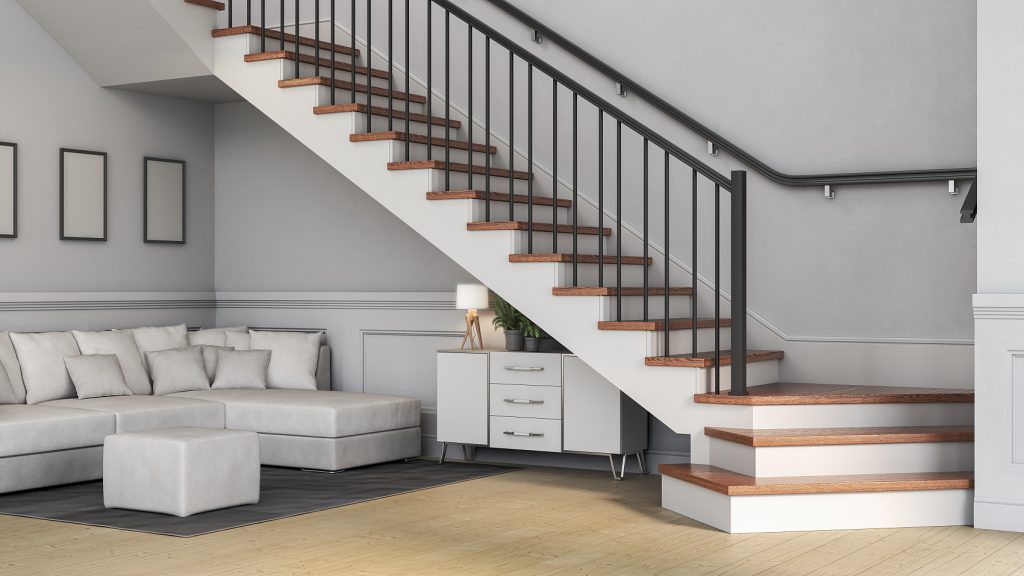
4. Can handrails be installed outside the standard range?
Deviation from the standard range may require special approval from building authorities and could compromise safety.
5. How is handrail height measured?
Measure vertically from the pitch line (the line connecting the nosings of stairs) or the ramp surface to the top of the handrail.
6. What happens if handrails don’t comply with regulations?
Non-compliance can lead to safety risks, legal issues, or challenges in obtaining building permits.
7. Are extensions required at the ends of handrails?
Yes, handrails should extend beyond the top and bottom of stairs or ramps to offer continuous support.
By adhering to these guidelines, you can ensure handrails are safe, functional, and compliant with UK building regulations. Always consult the latest version of Approved Document K or seek advice from local building authorities for specific requirements.




